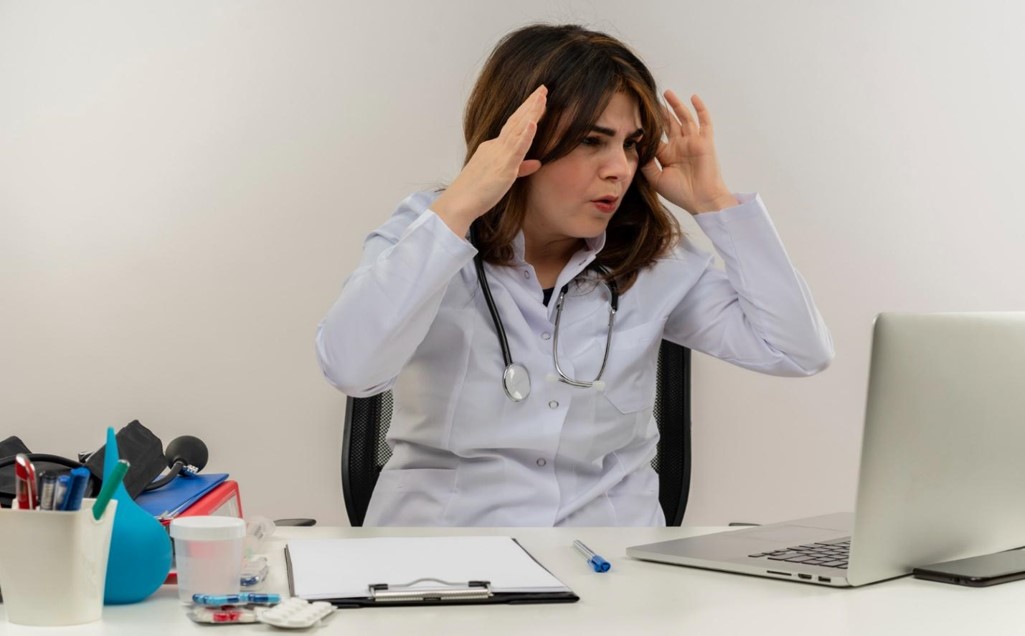
Medical errors are unfortunate mistakes in healthcare settings, affecting patient safety and well-being. While healthcare providers strive to deliver high-quality care, errors can still happen. This blog will explore the five most common medical errors, their potential consequences, and the importance of patient awareness and advocacy.
Diagnostic Errors
Diagnostic errors are among the most common medical mistakes. They occur when a healthcare provider fails to diagnose a medical condition accurately or misinterprets test results, leading to a delayed, missed, or incorrect diagnosis. Diagnostic errors can result in delayed or inappropriate treatments, worsening the condition. Patients can advocate for themselves by seeking second opinions and actively participating in their healthcare to reduce the risk of diagnostic errors.
Medication Errors
Medication errors involve mistakes in prescribing, dispensing, or administering medications. These errors can occur due to incorrect dosages, drug interactions, or administration to the wrong patient. Medication errors can lead to adverse drug reactions, worsened conditions, or even life-threatening situations. Patients can actively prevent errors by providing accurate medication histories, understanding their medications, and questioning discrepancies or concerns.
Surgical Errors
Surgical errors encompass many mistakes that can occur before, during, or after a surgical procedure. Examples include wrong-site surgeries, improper anesthesia administration, or leaving surgical instruments inside the body. Surgical errors can have devastating consequences, including infections, organ damage, or even death. Patients should ensure they are well informed about the surgical procedure, confirm the details with their healthcare team, and ask questions to mitigate the risk of surgical errors.
Hospital-Acquired Infections
Hospital-acquired infections (HAIs) are infections that patients develop during their stay in a healthcare facility. Bacteria, viruses, or fungi can cause these infections and often result from negligence in hand hygiene, medical equipment sterilization, and infection control practices. HAIs may result in extended hospital stays, high healthcare costs, and in most severe cases, death. Patients can protect themselves by practicing proper hand hygiene, advocating for cleanliness, and adhering to infection control guidelines.
Communication Errors
Communication errors occur when there is a breakdown in communication among healthcare providers or between healthcare providers and patients. Miscommunication can result in misunderstandings, incorrect treatments, or delayed interventions. Effective communication is essential in guaranteeing patient safety and facilitating seamless care coordination. Patients can help prevent communication errors by providing accurate and complete medical histories, asking questions to clarify information, and ensuring that important information is accurate among their healthcare team.
Patient Advocacy and Proactive Engagement
Patient awareness and advocacy play a crucial role in preventing medical errors. By being proactive about their healthcare, patients can help reduce the occurrence of these common errors. Some proactive steps patients can take include:
- Actively participating in their healthcare decisions and asking questions to clarify any uncertainties.
- Keeping a comprehensive list of medications, allergies, and medical history to share with healthcare providers.
- Seeking second opinions for diagnoses or treatment plans when necessary.
- Ensuring effective communication with their healthcare team by voicing concerns or requesting clarification.
- Practicing good hand hygiene and being proactive about infection control measures.
By being proactive and actively engaged in their healthcare, patients can help minimize medical errors and promote their safety and well-being. If you find yourself being a victim of a medical error, contact a Long Beach medical malpractice attorney for more guidance.Â
Bottom Line
While medical errors can happen, patient awareness and proactive engagement can significantly reduce the risk. By understanding the most common medical mistakes, patients can take steps to advocate for themselves, promote effective communication, and minimize the likelihood of errors.



Facebook Comments